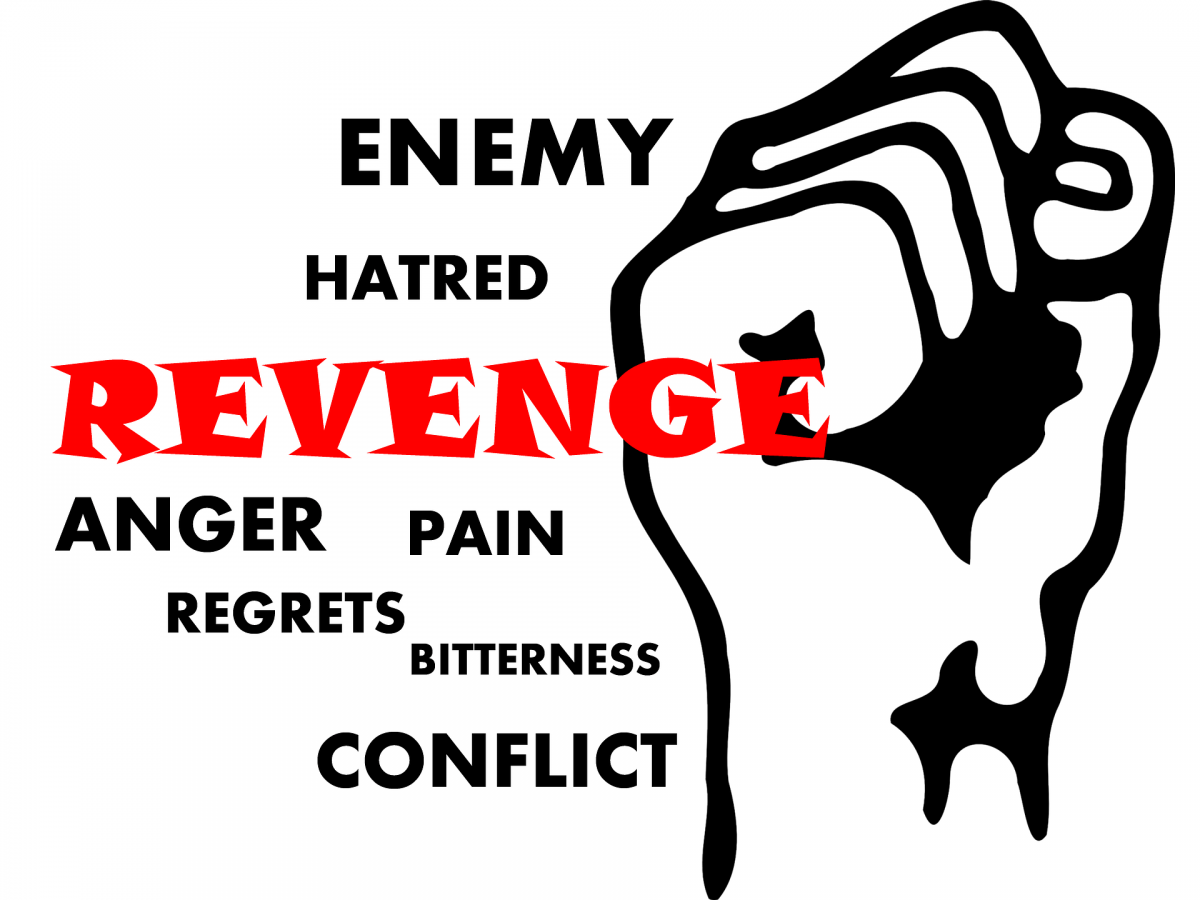When does revenge taste sweet? A short tale of revenge
Most everyone is familiar with the saying “revenge tastes sweet”, but is there some truth in this? It is only recently that revenge, and the psychological and behavioral implications, have received any empirical attention. The aim of the present article is to provide an overview on the issue of revenge from a scientific perspective and to gain insight into the potential “functionality” that acts of revenge might have.
Alexandre Dumas’ “The Count of Monte Cristo” is a classic tale of revenge and retribution set in France in the early 19th century. The plot revolves around Edmond Dantés, a first mate aboard a merchant ship who is falsely accused of treason and imprisoned in a dungeon on Château d’If, an island off the coast of Marseille for 14 years. When he finally manages to escape, Edmond returns home disguised as the rich Count of Monte Cristo, and proceeds to ruin the three men who once wronged him. The schemers are so deserving of punishment and Dantes’ plots against them are so intricate and masterful that you might easily experience satisfaction in his retribution. This raises the question why, or more preciselywhen, does revenge taste sweet? Besides answering this question, the aim of the present article is to illuminate the issue of revenge and its social and individual functions from a scientific viewpoint.
A Definition of Revenge
The phenomenon of revenge is as old as mankind itself. Although most people do not want to associate themselves with this seemingly “primitive” notion, they actually enjoy listening to “good” revenge stories. It thus appears as though acts of revenge may even possess some aesthetic appeal to us (Tripp, Bies, & Aquino, 2002). This is especially true for depictions of revenge that are “well-executed”, i.e. depictions which mirror the type and severity of the original provocation and that are carried out in a creative and “fancy” way. In general, revenge was, and still is, the leitmotif in reams of music, literature and motion pictures. Take, for example, Shakespeare’s tragedy “Hamlet” or Clint Eastwood’s Oscar-winning masterpiece “Unforgiven”. Even our daily news reports are full of revenge stories Following the killing of Al-Qaida leader Osama bin Laden, the news press warned of revenge acts of the terror organization, which soon followed in Pakistan. Another example is the case of Ameneh Bahrami, the Iranian women who has been officially allowed to take out an “eye for an eye” revenge and blind her attacker the same way he did to her. Considering the ubiquity of revenge, it is all the more remarkable that scientific research has largely neglected the topic for a long time, as the Dutch psychologist Nico Frijda stated in 1994. Empirical science has entered the scene of research on revenge relatively late.
A first and important step in the empirical study of this phenomenon is to be precise in our definition of revenge. Revenge is perhaps best defined as the infliction of harm in return for a perceived wrong (Aquino, Tripp, & Bies, 2001; Stuckless & Goranson, 1992). It is a response to disrespectful treatment, implying that the offense violated existing norms of fairness (Bies & Tripp, 1996; Gollwitzer, 2009). Thus, it is directly tied to our moral intuitions and subjective notions of justice and deservingness (cf. Bies & Tripp, 2005).


